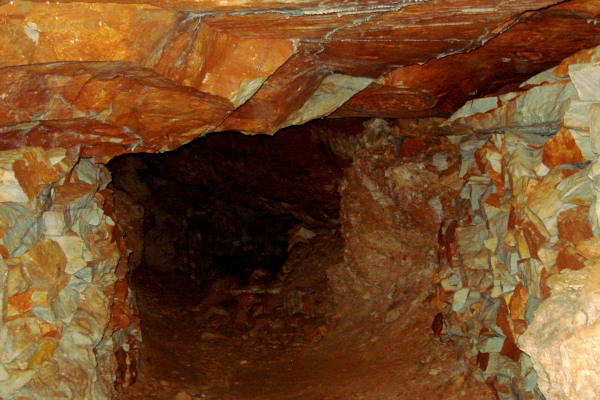The "Parian stone", as Parian marble was known in antiquity, was an important source of economic development of Paros already from the 7th century BC. when its systematic extraction and exploitation began.
What are the most significant artworks made of Parian marble?
This unique quality marble, white and pure, almost transparent, was used to create some of the greatest artworks of classical antiquity, such as:
- Aphrodite of Milos
- Hermes of Praxiteles
- the Victory of Samothrace
- the Treasure of the Athenians
- the Mausoleum of Bodrum
- the Temple of Zeus at Olympia
- the Victory of the Peony (Olympia Museum)
- child of Kritios (Acropolis Museum)
- Kori Frasiklia, work of the Parian sculptor Aristion (540 BC), (National Archaeological Museum)
- the Kouri of Thassos, Kea and Milos as well as Anavyssos
- the veiled daughter (Acropolis Museum)
The ancient marble quarries are located in Marathi, about 5 km northeast of Parikia. The galleries have a total length of 190 meters and extend to a great depth below the ground. Quite interesting is the southern entrance of the quarry, that bears an inscription of the Hellenistic Age "ADAMAS ODRYSIS NYMFAIS" on its left, which derives from the ancient name of the quarry which was "Nymph Quarry".
Inside the quarry, the support columns, stairs, and protective walls have been preserved since antiquity.
